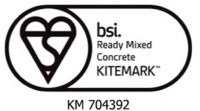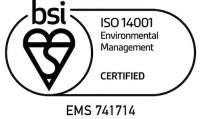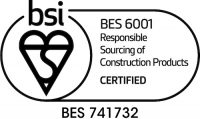Damp is a problem we often associate with things like walls and ceilings, as well as wooden fixtures and furniture. However, concrete can also be affected by damp, and the only way to keep it at bay is through proper treatment. In this article, we’re going to look at the importance of damp-proofing concrete.
Why should I damp-proof concrete?
The importance of damp-proofing concrete is often overlooked, as concrete is seen as a strong, durable material. This is true, of course, but without proper treatment, it won’t be impervious to damp, and once your concrete is suffering from damp, the problem can spread to other areas of a structure. Consider, for example, you have a shed on a concrete base; if the concrete is not appropriately treated and damp sets in, it can then spread to the wood of the shed, which leads to rot and structural weakness.
If there’s as much as a tiny crack in your concrete, water can find its way there and expand it until it becomes a serious problem, and by that point you could be facing significant and expensive remedial works.
How to damp-proof your concrete
It’s important that damp-proofing is done with care, as improper proofing work can result in damp, which in turn can require costly repairs or alteration works. There are a few methods of damp-proofing concrete floors, and we’re going to run through them.
- Liquid membrane
To protect your concrete floor with a liquid membrane, you essentially need to ‘paint’ the concrete. Once you have the membrane, you can just apply it to the surface as you would if you were painting; once the membrane has dried, it is basically impervious to damp. Using a liquid membrane is ideal for concrete subfloors that are going to be covered by something, such as carpet or wood.
- Epoxy floor coating
In order to work properly, an epoxy floor coating needs to be applied to a clean and slightly porous surface. If your concrete is polished, for example, the coating may not adhere to the surface. If you’re planning to use an epoxy coating on a new concrete floor, make sure the concrete is fully cured before beginning the application.
You can test for the presence of sealant by pouring a little water on the concrete; if the water beads on the surface instead of soaking into it, sealant may be present and the floor might not be suitable for an epoxy coating.
Once you’re sure the floor is clean and dry, you can start painting the epoxy layer on. Be sure to apply it in broad strokes, and take care to avoid leaving air bubbles or any brush hairs in the coating.
Once your concrete is damp-proofed, you can enjoy peace of mind regarding its resilience to damp and its structural integrity going forward.
EasyMix are proud to provide a wide range of concrete services for customers throughout London. From concrete batching and pumping to high quality screed, we offer same and next day delivery to ensure you can enjoy our first class services and products with no hassle whatsoever. For more information, please contact us today.



